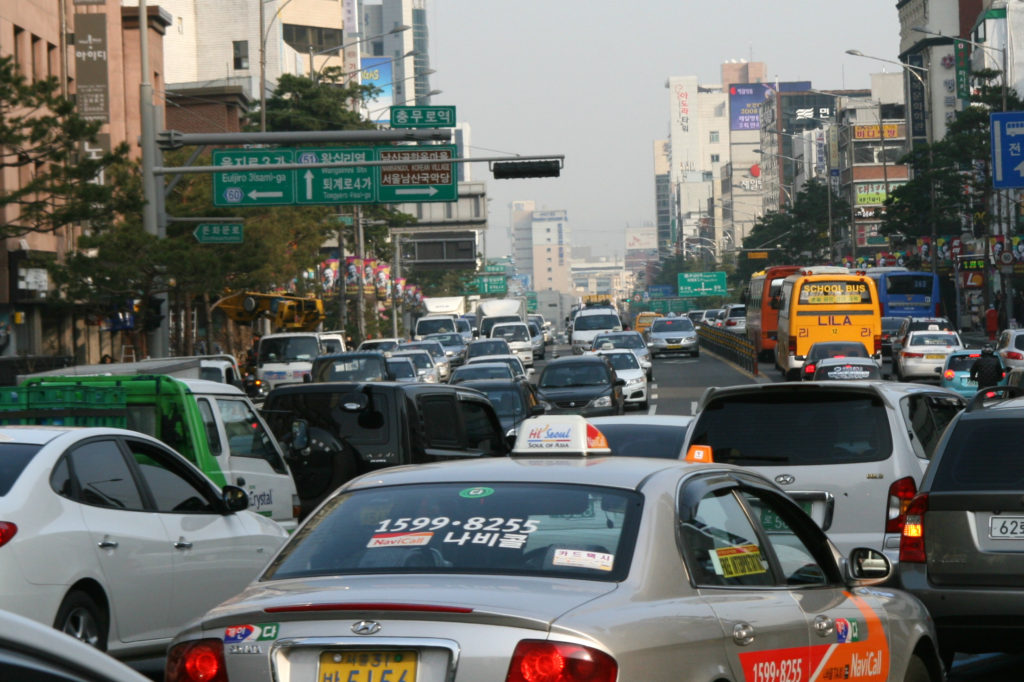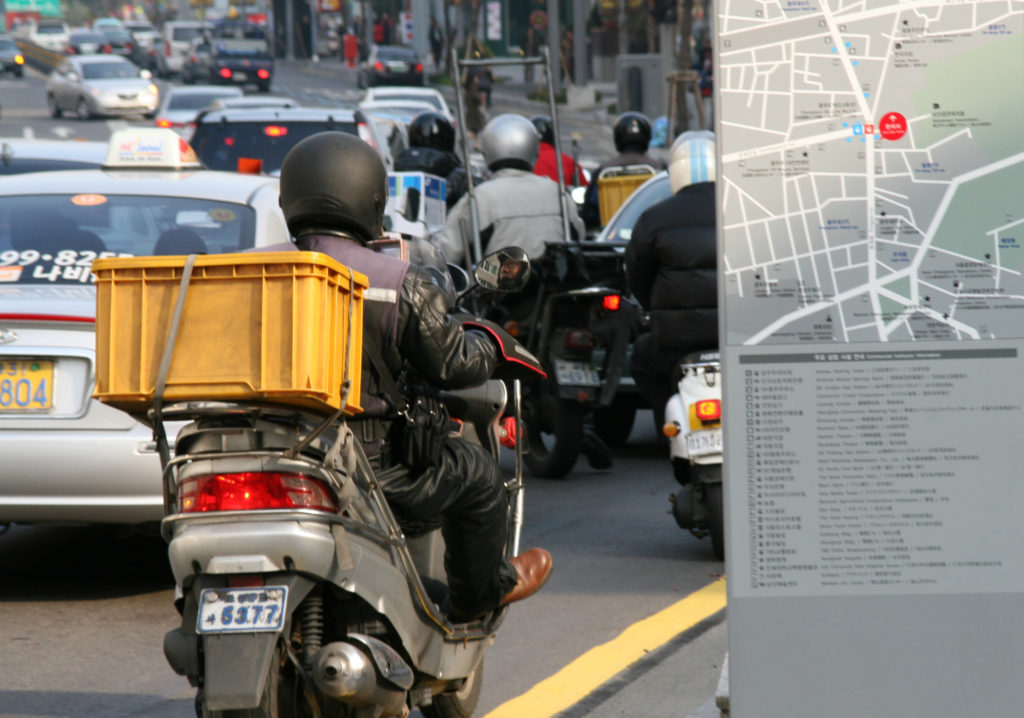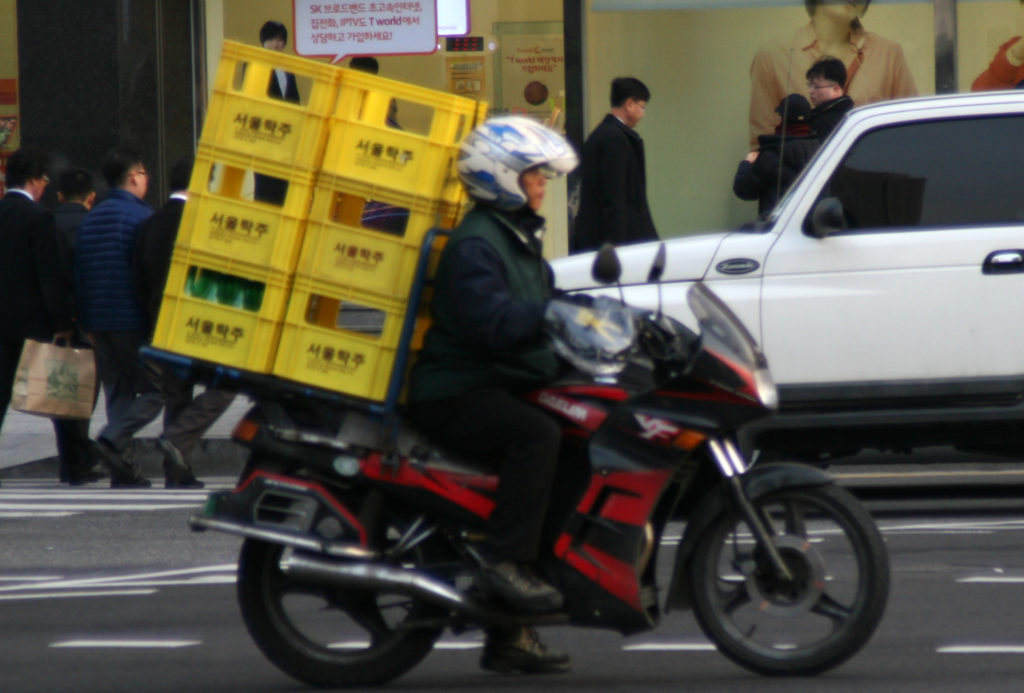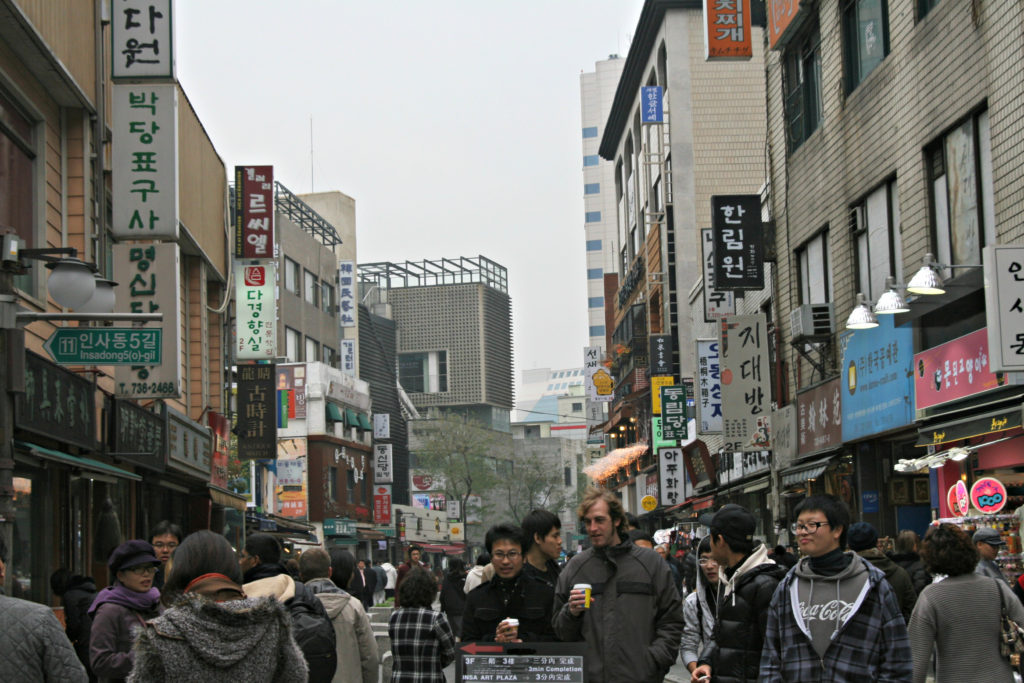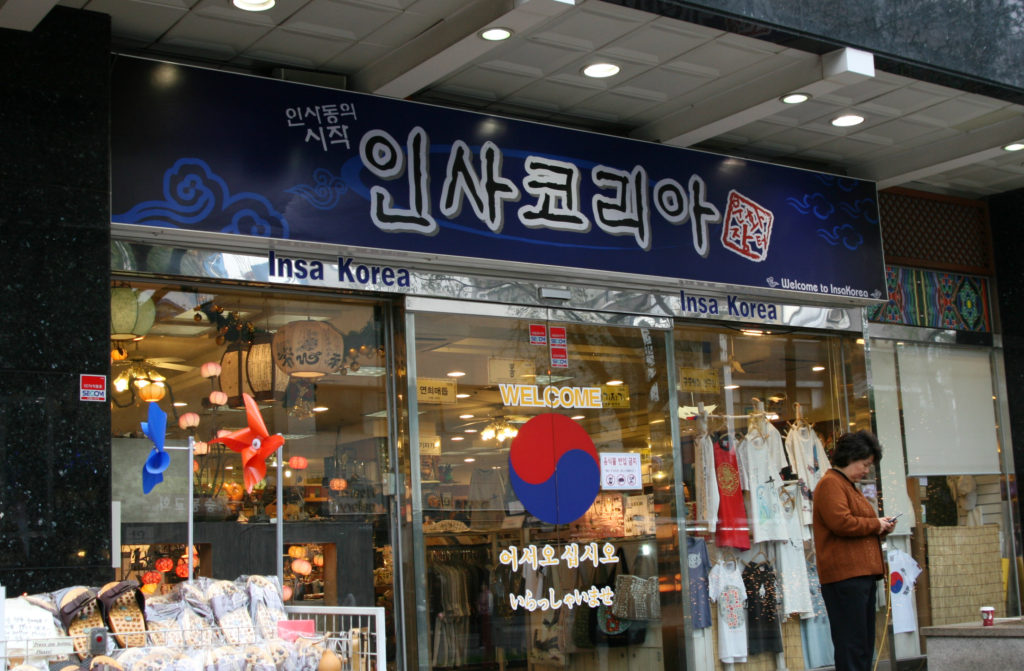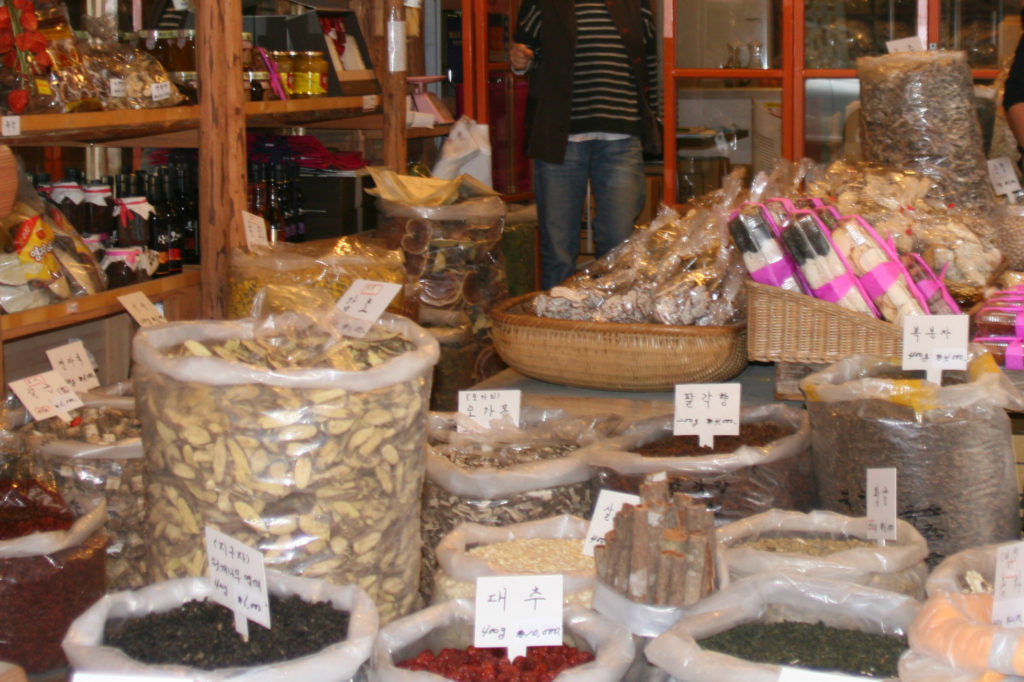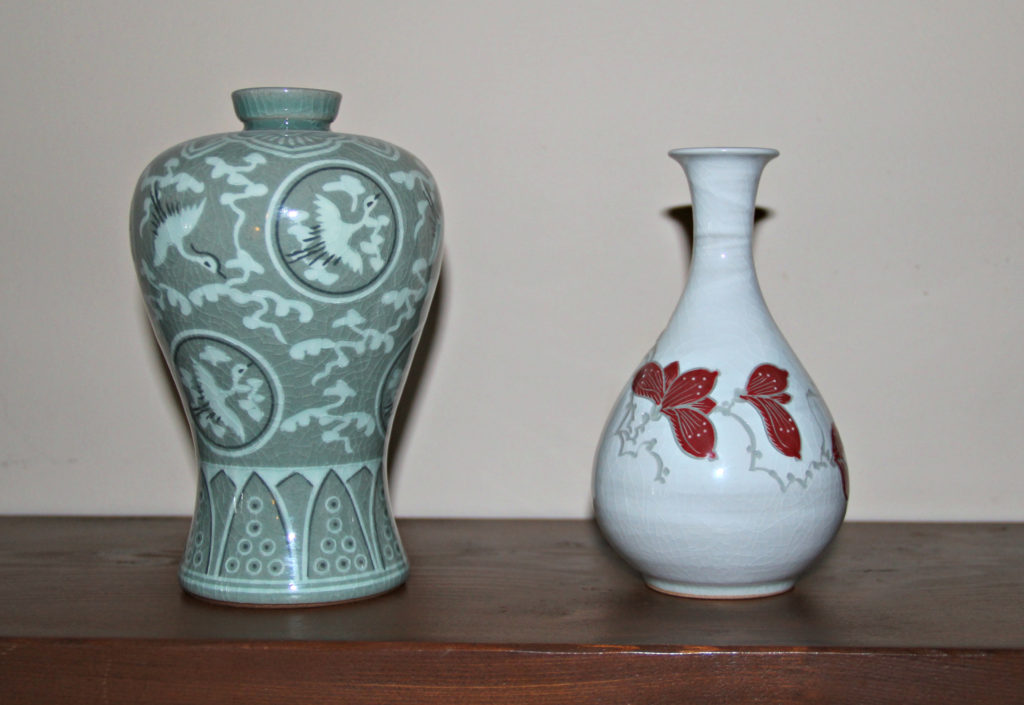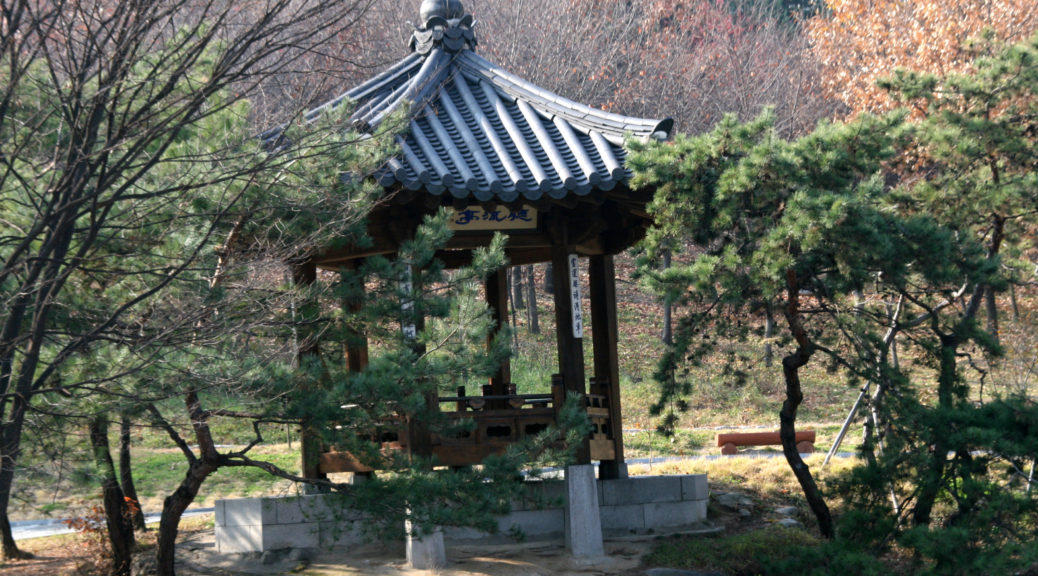
Seoul
We spent just under a week in South Korea in November, 2009. The highlight of our trip was our son’s wedding. He married a wonderful girl who is a citizen of South Korea. Our daughter-in-law showed us some of the sites in Korea amidst wedding preparations. Seoul was beautifully decorated for the upcoming Christmas holidays.
A “hop on – hop off” bus helped us travel easily around Seoul. I have included pictures of some of the sites we saw. The Daehanmun Gate at the Deoksugung Palace is located at one of the busiest intersections in Seoul. It is incredible to see elements of traditional and modern Seoul side by side. We didn’t have time to go inside, but if you are ever in Seoul, you should try to visit. There is also a changing of the guard ceremony at the gate.
The next picture is a portion of the fortress wall of Seoul. Originally built in 1396, it was designed to protect Seoul from invaders. Some of the wall no longer exists and other sections have been restored. The statue is of Admiral Yi Sun-Shin (1545-1598) and is located in the Gwanghwamun Plaza. The Admiral is credited with stopping the Japanese from invading in 1592.
The last picture is a statue outside of the War Memorial of Korea. It focuses on the military history of Korea and especially the Korean War. We did not have time to view the exhibits but they are highly recommended. In addition to six interior halls, there are also outside exhibits of military equipment. We hope to return to South Korea some day to explore its history and culture to which we were just introduced.

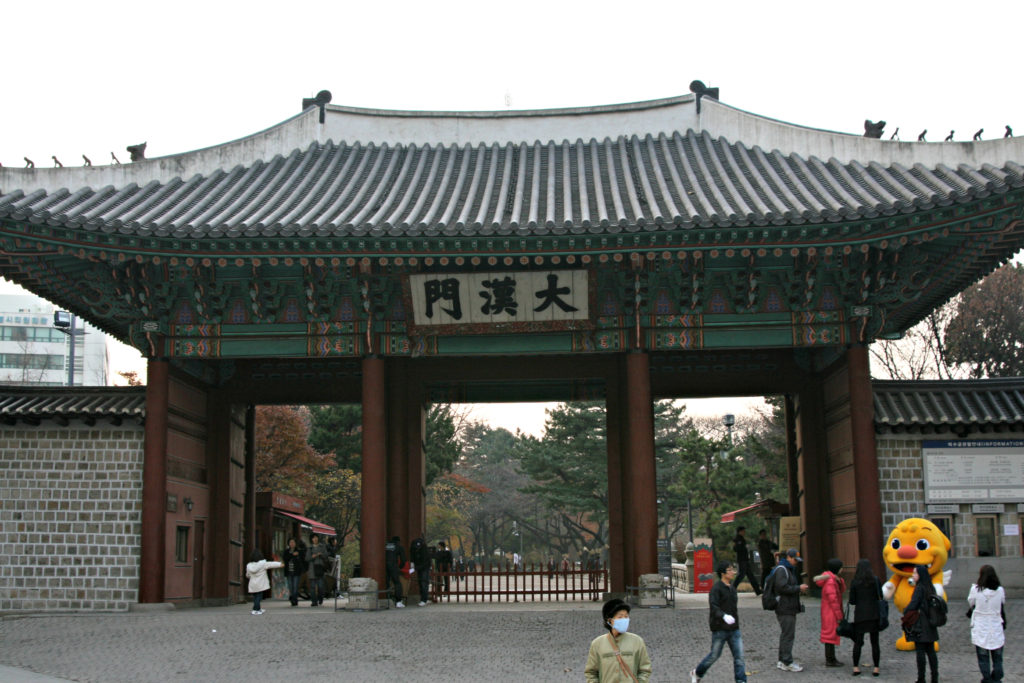

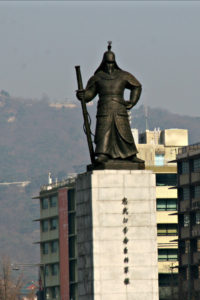
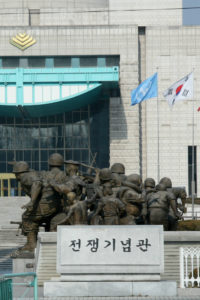
We got off the sightseeing bus at the Namsangol Korean Village. Set at the foot of the Namsan Mountain, it features five typical homes from the Joseon Dynasty. These houses reflect homes of people from different walks of life – from middle class to noblemen. There were large jars outside one of the houses – this is where kimchi might be fermenting. There were gardens, a pond and a pavilion on the site which would have been typical in this time period. There is also the opportunity to experience different activities. One of the pictures here is of a jige. Usually made of pine, it enables people to carry things on their back. We didn’t try this, but our kids played tuho, a game where you attempt to throw arrows into a jar.
A time capsule is also buried at the village (last two pictures in this section). It was buried in 1994, the year of Seoul’s 600th anniversary. It is to be opened in 2394. Items placed in the time capsule reflect everyday life in Korea.
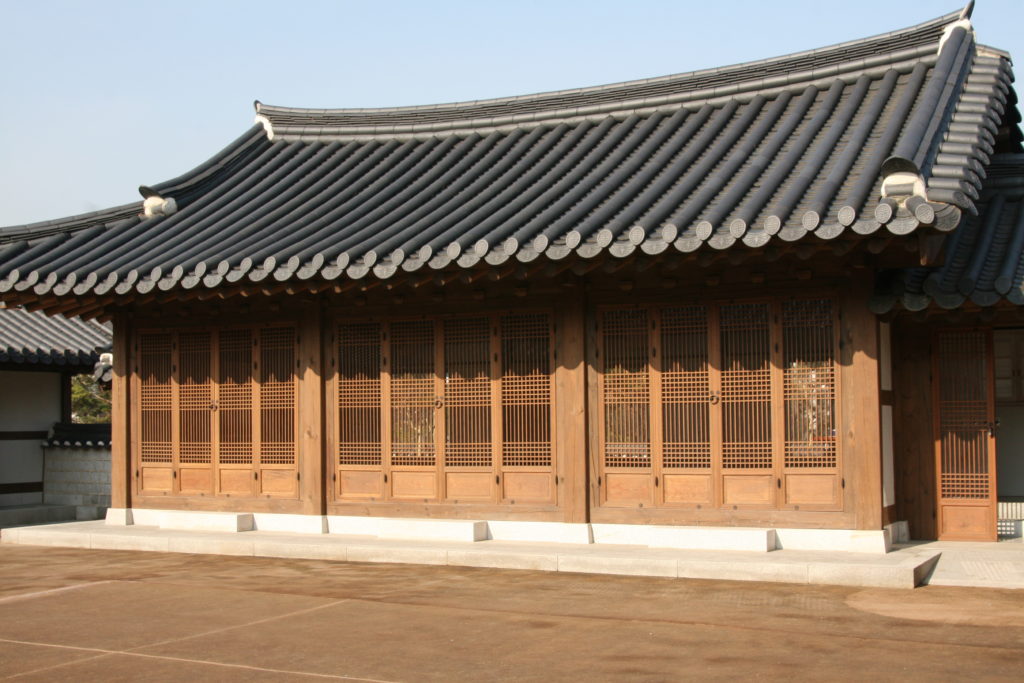
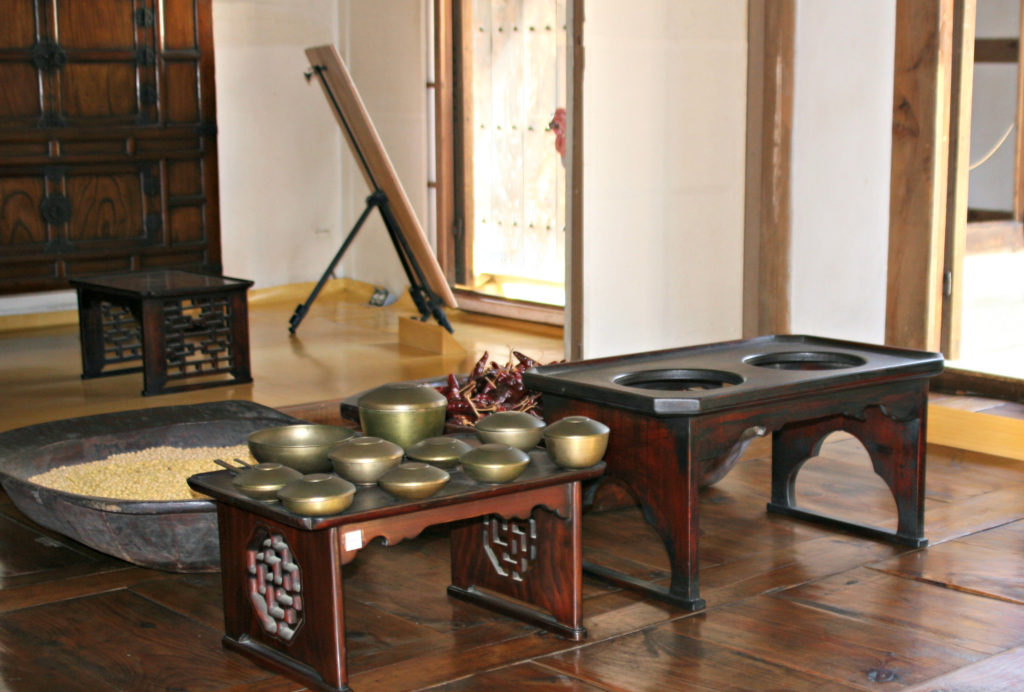
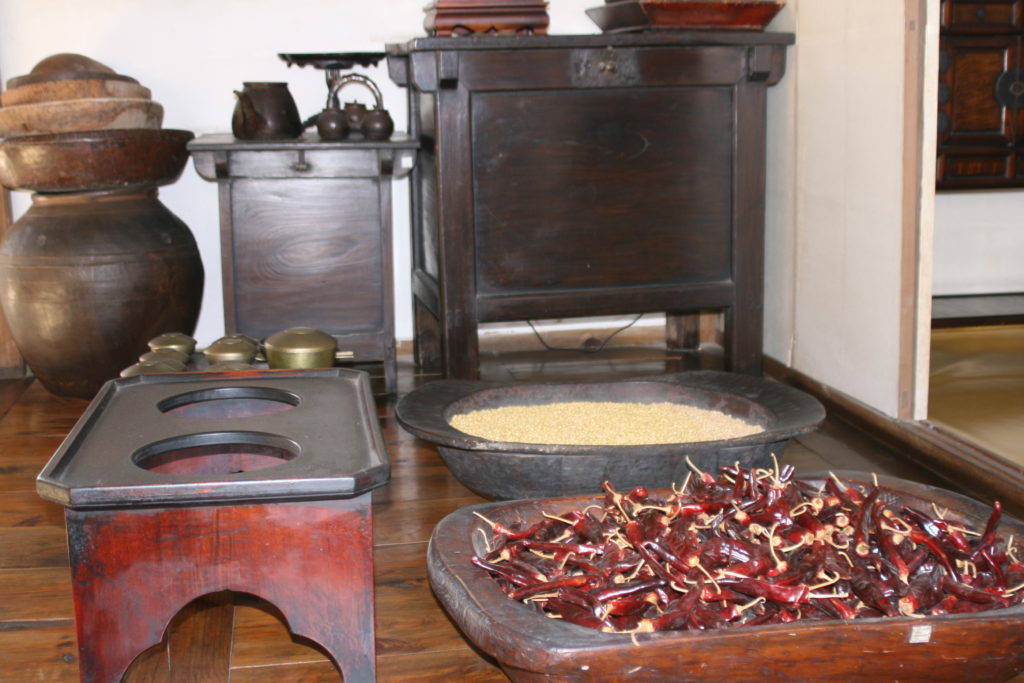
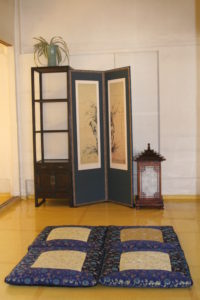
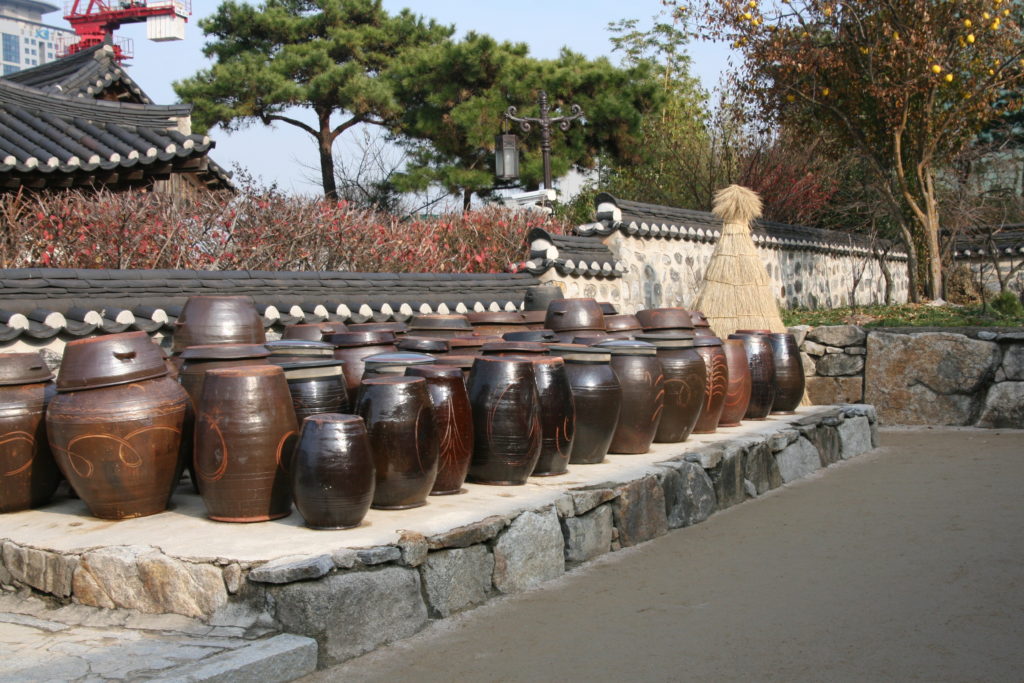
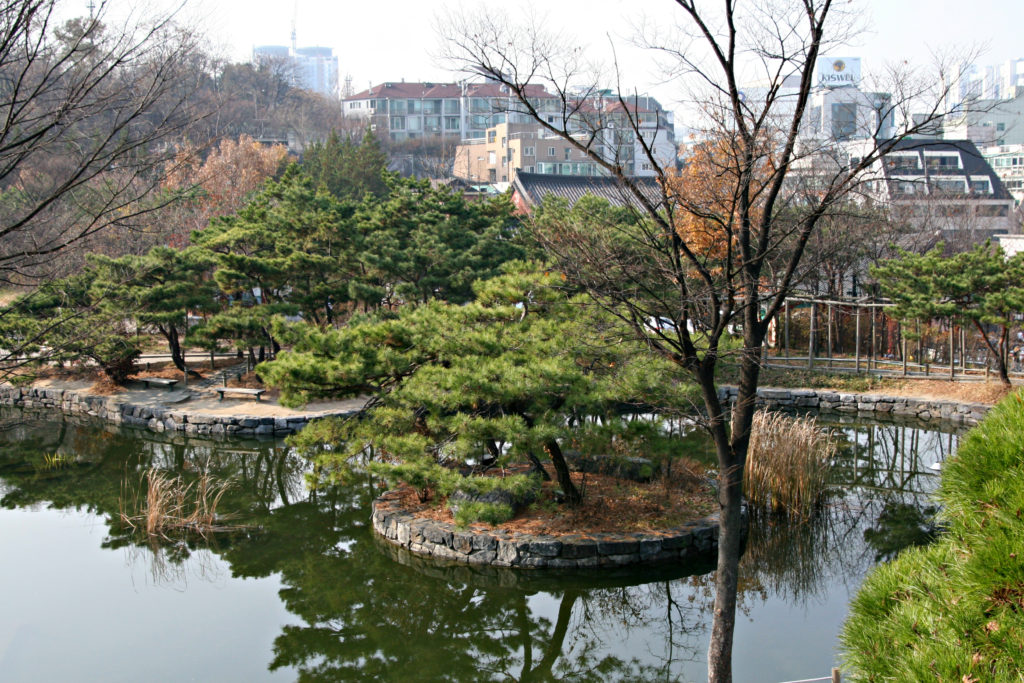
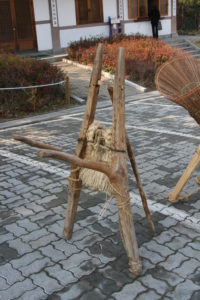

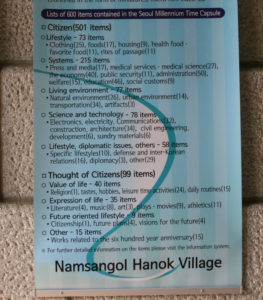
We also went to the N Seoul Tower which is on Namsan Mountain. It was built in 1969 and transmits radio and television broadcasts. There is an observation deck providing views of Seoul. Couples can purchase padlocks and have them engraved and then attach them to fencing around the viewing platform. It symbolizes everlasting love – the padlock key is thrown from the tower so the love cannot be “unlocked.” Our son and daughter-in-law attached their padlock with the many others already there.


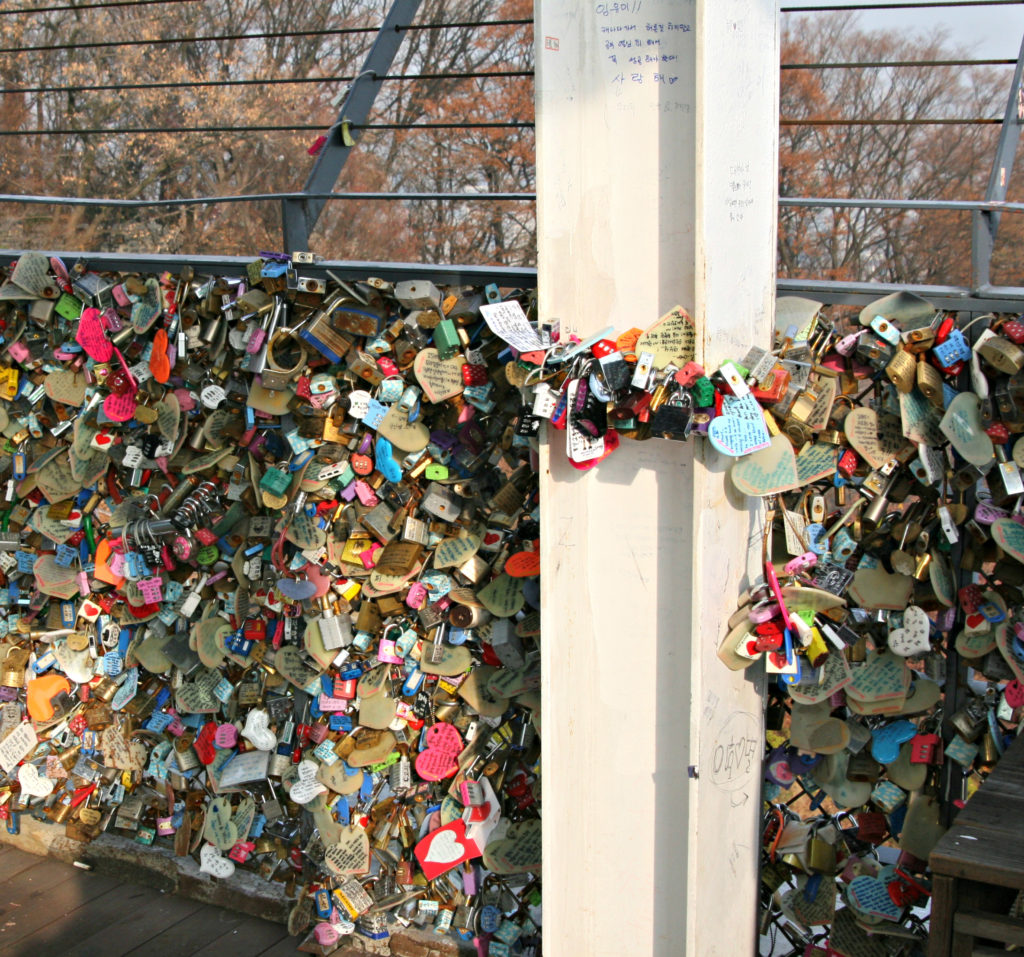
Traffic was very heavy in Seoul but drivers were kind. To turn left out of our hotel, we had to cross three lanes of traffic. As our driver inched out, people stopped to let him make the turn. We saw many motorcycles that were making deliveries. They could easily maneuver among the many lanes of traffic.
We visited Insa-dong Street which is a great place to shop. Many of the stores sell items traditional in Korea, such as hanboks, as well as Korean crafts. I fell in love with the pottery. Two of these pieces are pictured here. I should also mention that Koreans like to bargain. While I am not very comfortable negotiating, my daughter-in-law was great at it. The only time I paid full price for something was a time she wasn’t there to do the bargaining.
